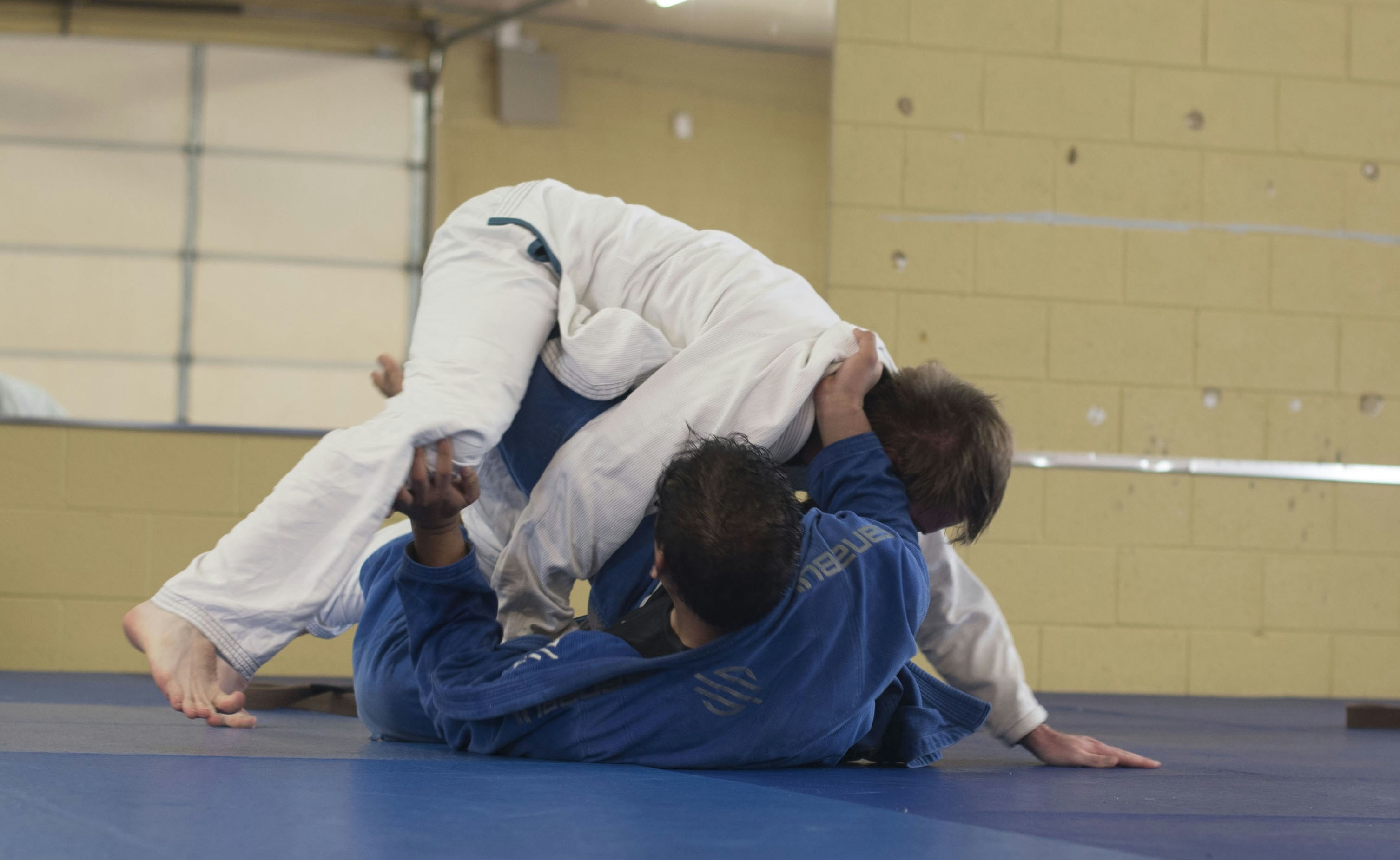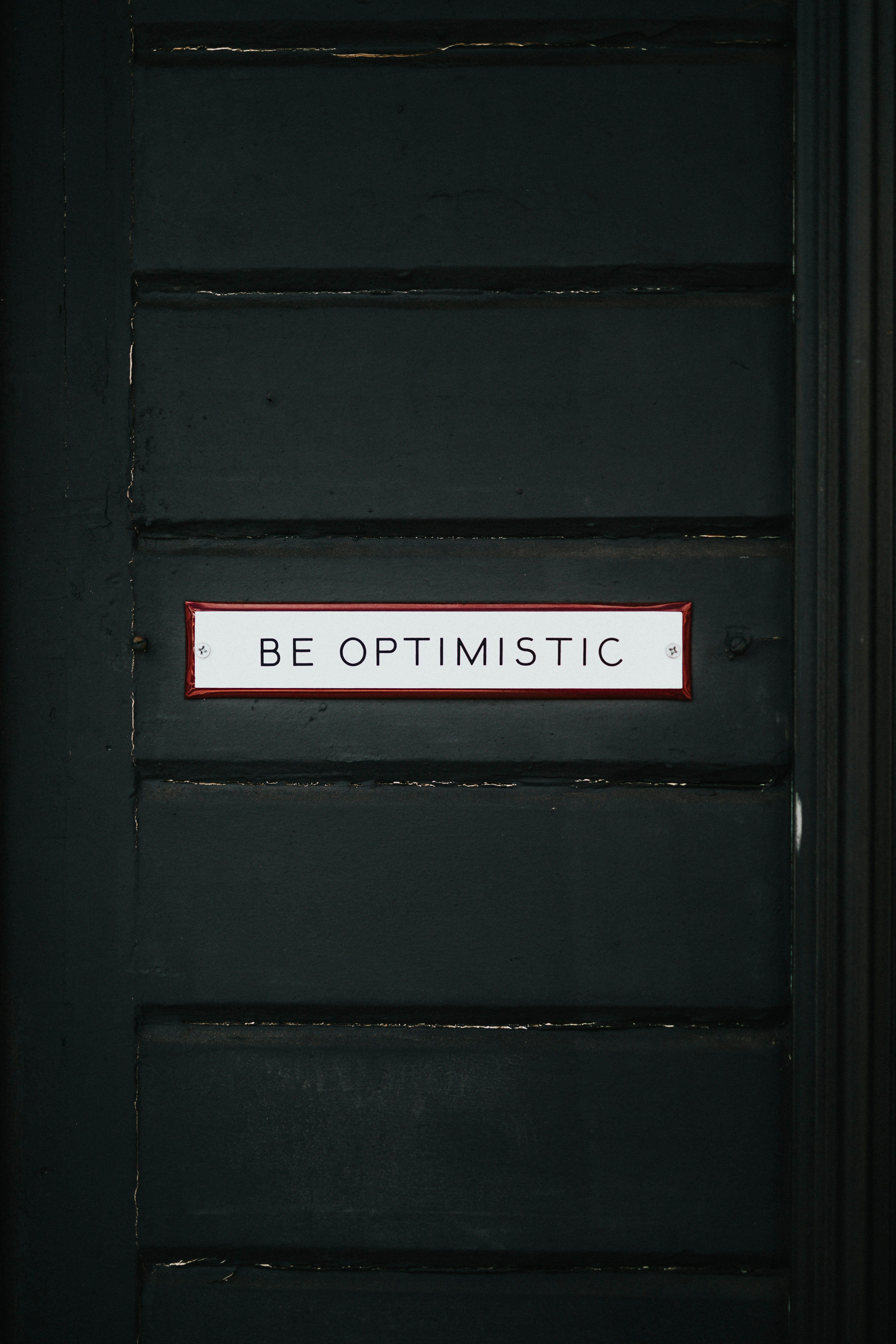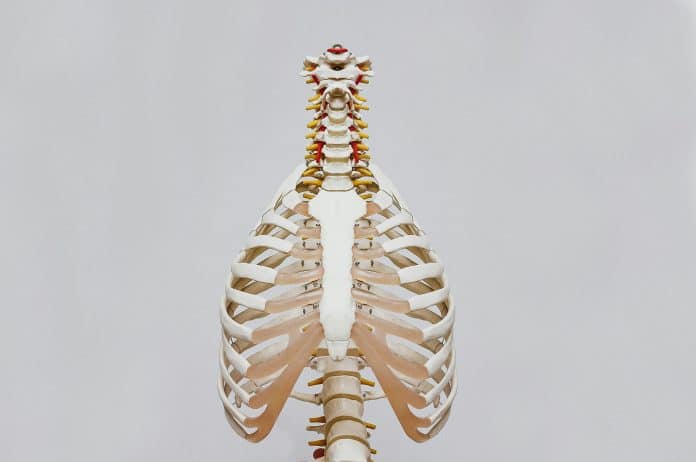Why That ‘Niggly’ Pain Shouldn’t Be Ignored
It’s all too easy to dismiss a twinge here or a dull ache there, especially in the adrenaline-spiked frenzy of Jiu Jitsu. However, that persistent, ‘niggly’ pain serves as your body’s own internal alarm system, signalling that something is amiss. Ignoring it could transform a minor inconvenience into a chronic issue or, worse, a severe injury. When it comes to rib pain, the stakes are particularly high. Your ribs are essential for structural support and vital functions like breathing and protecting internal organs.
You might think it’s just a bruised rib, which, granted, can be rather painful yet seemingly manageable with over-the-counter pain relievers and some ice packs. But are you sure it’s not a cracked or broken rib? Differentiating between the two can be surprisingly tricky. Moreover, neglecting these symptoms might lead to complications like lung damage or persistent respiratory problems. Can you afford to take that risk?
Imagine this: continuing to roll on the mats despite a ‘niggly’ rib injury. One more landing, one more twist, and suddenly, you’re no longer dealing with a bruise but a broken rib. Now, the pain is unbearable, and worse, your lungs may be in jeopardy. Wouldn’t listening to your body’s warnings early on be far wiser?

For me, it was just a little niggle in the ribs. I knew something was up, but it didn’t register as enough of an issue to go see the Physio. Then, over the weekend, I decided to spontaneously pick up a kettlebell, swing and rack it, and then drop to a squat. Something I have done many times before without any major issues. Not this time.
While I will not describe it as a searing pain, I felt it, interestingly, through the rib and into the shoulder. I stopped, put the kettlebell down, and hoped for the best.
I mean, of course, I continued to roll! I wasn’t going to let a little pain stop me!
However, 2 sessions later, I realised I had started to guard and anticipate the pain in the ribs. My training session had been compromised by me worrying about the pain in my ribs. It wasn’t getting better; it had suddenly gotten worse after six weeks. Shit.
Realistically, if the pain lingers for weeks, it’s a clear sign that professional evaluation is not just advisable but necessary. Addressing the issue promptly with the help of a physiotherapist can set you on the path to recovery and prevent more serious consequences. Remember, taking timely action not only aids in physical healing but also helps you get back to training sooner, stronger, and smarter. I mean, I know this. You know this. But I guess my ego got the better of me.
My Diagnosis
So, off to the physio, I went. I couldn’t get an immediate booking with my regular physio (someone who also rolls, so it’s easy to explain the manner of injuries) at Bodyworks in Avondale.
I had already decided I needed to take some time off, so by the time I got back, I was already feeling ‘better’. Funny—a week and a bit off, and my body seems to have had some time to heal!
Essentially, by my understanding, my costochondral joint on the 4th rib took a bit of a beating. That’s the joint between the rib and the cartalidge that joins it to the sternum. It got pushed in more than it would normally like to be.
It’s not major, but certainly enough to cause my discomfort, and if I continued to push it, it would only get worse. How bad? I don’t know. I don’t plan on finding out.
Common Causes of Rib Injuries on the Mat
Picture this: you’re flowing seamlessly through your Jiu Jitsu drills, your mind and body in perfect sync, when suddenly—bam!—a poorly timed movement or an unexpected forceful impact, and your ribs bear the brunt. Such incidents are all too common on the mat, manifesting through several typical scenarios.
Rib injuries are the third most common injury in Jiu Jitsu, following knee and shoulder injuries
First, there’s the guard pass, where your opponent lands heavily on your chest amid their attempt to break your defence. Even a minor miscalculation in the angle or force applied can translate into a sharp, searing pain that refuses to be ignored. Then, envision the scramble—those chaotic, kinetic bouts where bodies twist and turn with the fluid unpredictability of a river’s current. An elbow here, a knee there, and suddenly, that focused pressure has found your ribs, leaving its unwelcome mark.
Let’s not forget the art of submission. Techniques like the mounted triangle can place immense pressure on the thoracic cage, potentially leading to bruising or, in severe cases, contusions. The sheer force exerted during explosive escapes or attempts to leverage out of a tight spot can also cause significant trauma to the ribcage, particularly if you’ve momentarily let your guard—or your breath—down.

The Dangers of Training Through Injury
Picture this: your ribcage feels like a fragile lattice, each breath interwoven with tendrils of pain. Training through the injury is akin to walking on a high wire with frayed ropes – one false move, and the consequences can be dire. When you disregard your body’s distress signals, you’re not just risking prolonged discomfort; you’re potentially inviting more severe complications.
Rib injuries, whether bruised or broken, present nuanced challenges. Ignoring the warnings and pushing on can escalate a simple bruise into a more severe fracture. This isn’t just a painful inconvenience; fractured ribs can puncture lungs or lacerate internal organs, turning a manageable injury into an emergency. Think about it – a moment’s bravado on the mat today could transform into nights of laboured breathing and hospital visits.
Moreover, the insidious nature of rib pain often tricks us into underestimating its severity. You might convince yourself that the sharp twinge is surmountable, merely a test of your resolve. Yet, each twist, turn, and impact compounds the initial damage. Consider how easily a crack spiderwebs through glass—each tiny line a testament to unattended stress. So, too, does your rib before it shatters under continued neglect.
The cumulative effect of training under such conditions doesn’t end with exacerbated injuries. Your overall performance deteriorates, muscle compensations set in, and rather than a well-oiled machine, your body becomes a jury-rigged contraption, cobbling together motions to stave off pain. The aftermath? Other joints and muscles overwork, leading to potential strains and tears elsewhere.
Over 60% of Jiu Jitsu practitioners admit to training through injuries rather than resting
Ultimately, it’s not just about the immediate physical repercussions. Training through pain can cultivate a dangerous mindset—one that normalises self-neglect in pursuit of accomplishment. This approach not only undermines your physical health in the short term but can foster long-term habits that erode your body’s resilience and mental well-being.
So, let’s heed the wisdom offered by our bodies. That ‘niggly’ pain, that whisper of discomfort, is our cue to pause, reflect, and recalibrate. In doing so, we honour the intricate machinery of our bones and muscles, ensuring we return to the mat not just as fighters but as warriors who understand the true strength lies not in defiance of pain but in respect for the body’s signals. I didn’t. But you totally should!

Adapting My Training Routine During Injury
As much as it pains me, the logical decision now is to back off the training and let the body recover properly. This probably means no open mats for a little while. However, this doesn’t mean it will just be a holiday for me. I am very keen to keep my body and mind engaged.
Regarding training specifically, the intent is to still attend at least one class per week. The reality is I will be sitting watching, but it keeps me mentally involved, and I am well aware that I can still learn while observing rather than specifically doing.
Moreover, this rest period is an opportune time for me to delve into visualization. Studies have shown that visualising techniques and matches can train the brain almost as effectively as physical practice. I’ll mentally run through my techniques, imagining escaping those tight holds or flawlessly executing that sweep. Visualisation is a powerful tool that can bridge the gap between physical inactivity and mental sharpness.
Let’s not forget the power of cross-training. While I must be careful about heavy lifting, Isometric exercises, yoga, and stretching can build strength and flexibility without putting undue pressure on my ribs. Every movement outside Jiu-Jitsu can complement my mat skills if approached with intent and purpose. I’ll embrace this time to explore different facets of fitness, which can lead to a more robust and well-rounded athletic prowess when I return to full training. I think I will be working on my mobility.
Finally, of course, I can still watch plenty of Jiu Jitsu. While I will hanker to get out and physically do it, keeping my mind orientated towards training will keep me in a much better place than just sitting on a couch, drinking, and feeling sorry for myself for a few weeks.
Maintaining Your Fitness While Resting an Injury
I will feel it when I return if I don’t keep up some basic cardio. But it’s a delicate balance to strike, isn’t it? You can’t just hop back on the mat as if nothing’s happened, brushing off the pain as though it’s a mere inconvenience.
Instead, think of your body as a finely tuned instrument that requires careful handling. Maintaining fitness while resting an injury involves adapting and finding alternative, low-impact exercises that keep your heart rate up without straining your ribs further. Swimming could be an option—as the water supports your body, or perhaps you might consider cycling or brisk walking to keep your cardio in check. I have a rower at home – but it’s just going to make sure I don’t push too hard and cause more issues with the ribs.

Mental Health and the Frustration of Forced Rest
There’s a certain irony, isn’t there, when a sport designed to fortify the body and mind ends up sidelining you just when you were feeling indomitable? The frustration of forced rest is a silent opponent, testing patience and resilience as much as any mat-savvy grappler. It’s not just about the physical pain—though that can be substantial—it’s the mental toll that gnaws at you. The feeling of being stuck, watching your peers advance while you’re benched, becomes a tortuous ordeal.
But here’s where the wisdom of dealing with forced rest comes into play. Much like a strategy session off the mat, this period can transform into a unique opportunity for growth. Instead of viewing it as an unwelcome hiatus, consider it a chance to recalibrate. Resilience is built in these quiet, difficult moments. Reflection, often overshadowed by the flurry of daily rolls and drills, finds its place. Are there techniques you’ve neglected or theoretical aspects of BJJ that could deepen your understanding while your body recovers? Dive into instructional videos, revisit your favourite matches, or even meditate on the philosophy behind Jiu Jitsu.
Mental health during forced rest is not just about battling boredom; it’s about actively engaging your mind in different training. Reaching out to your community, sharing your predicament, and perhaps finding solace in others’ similar experiences can dissipate isolation. Your journey in BJJ is as much about mental fortitude as it is about physical prowess.
It’s only going to be a couple of weeks! 😉

